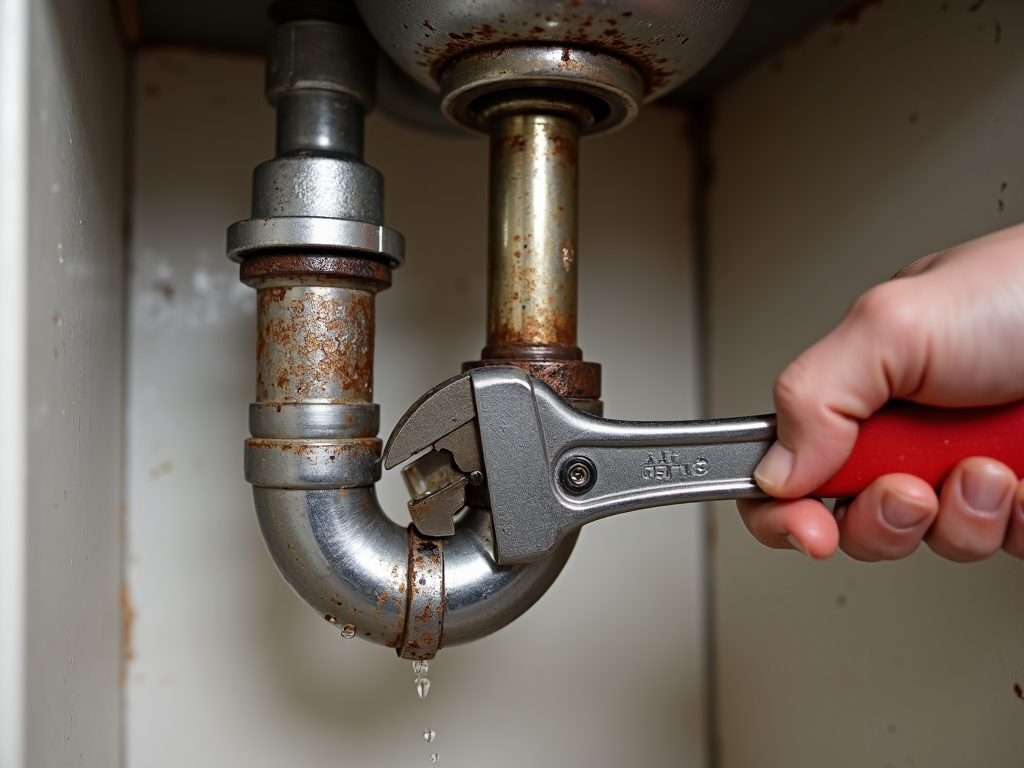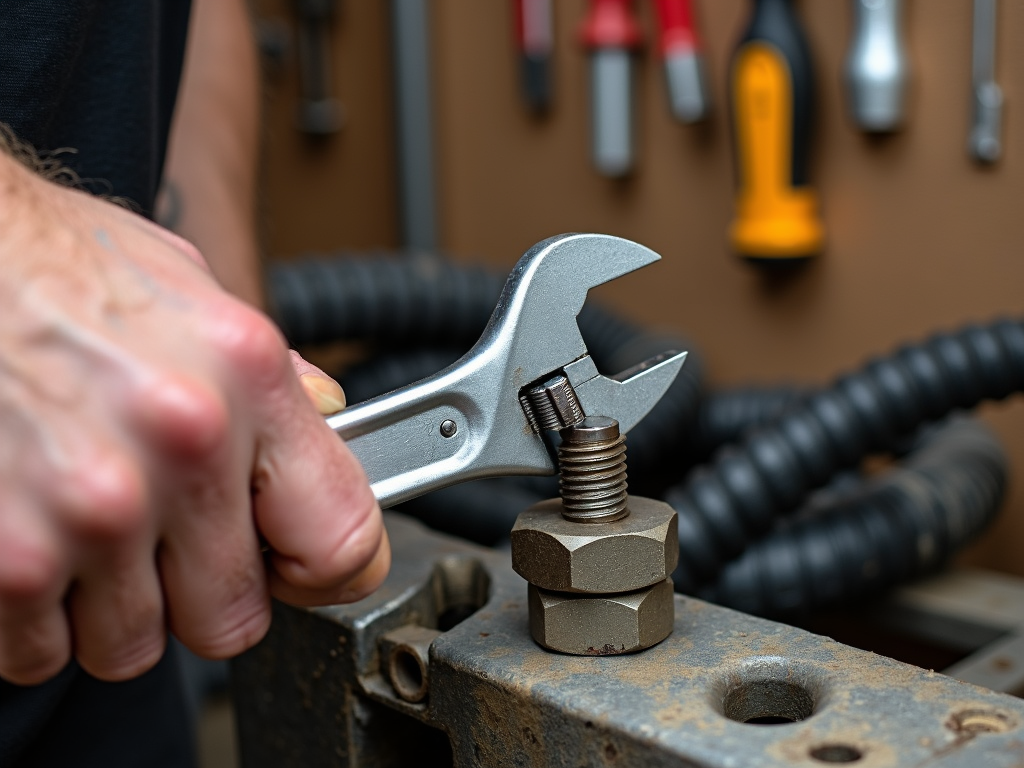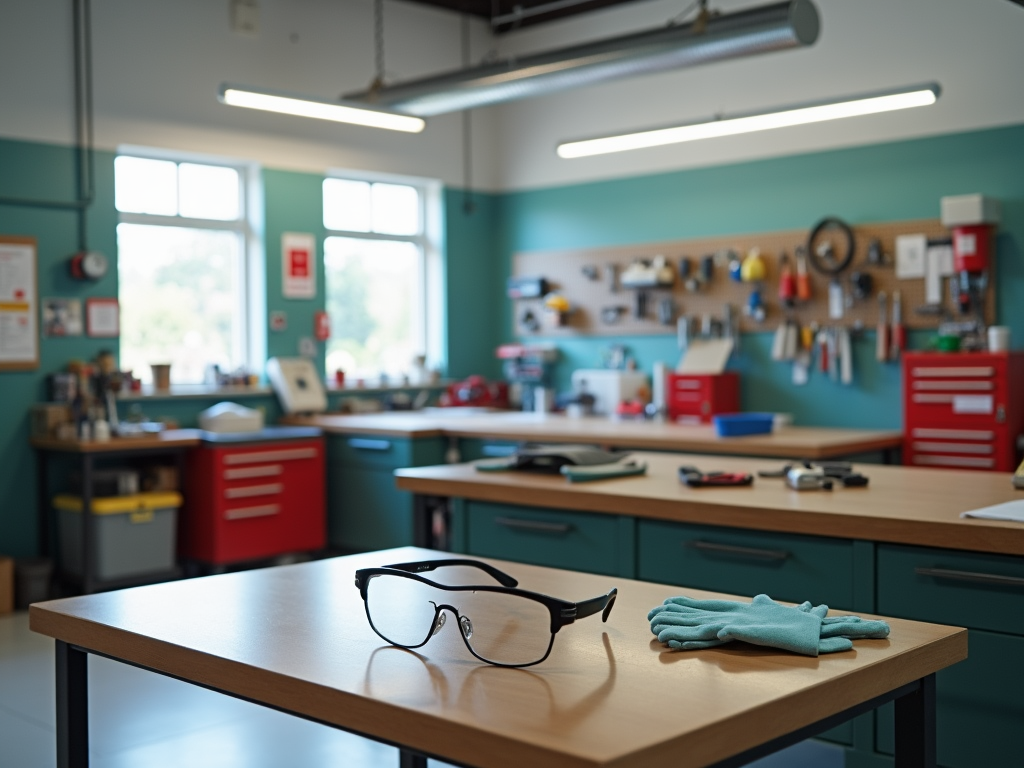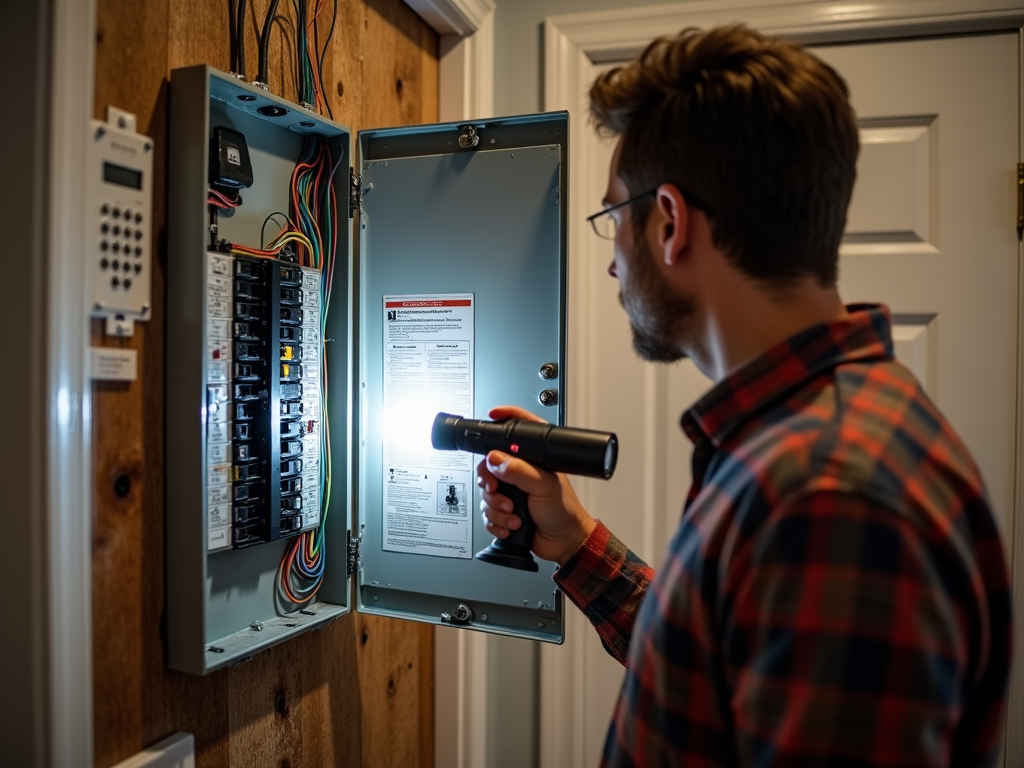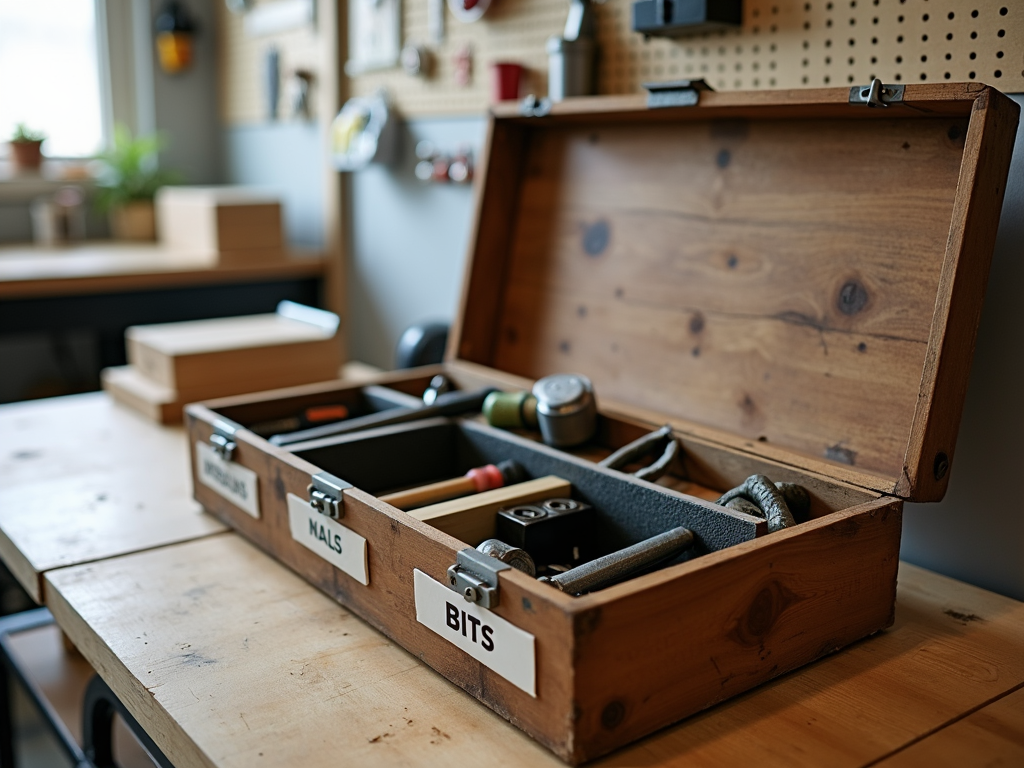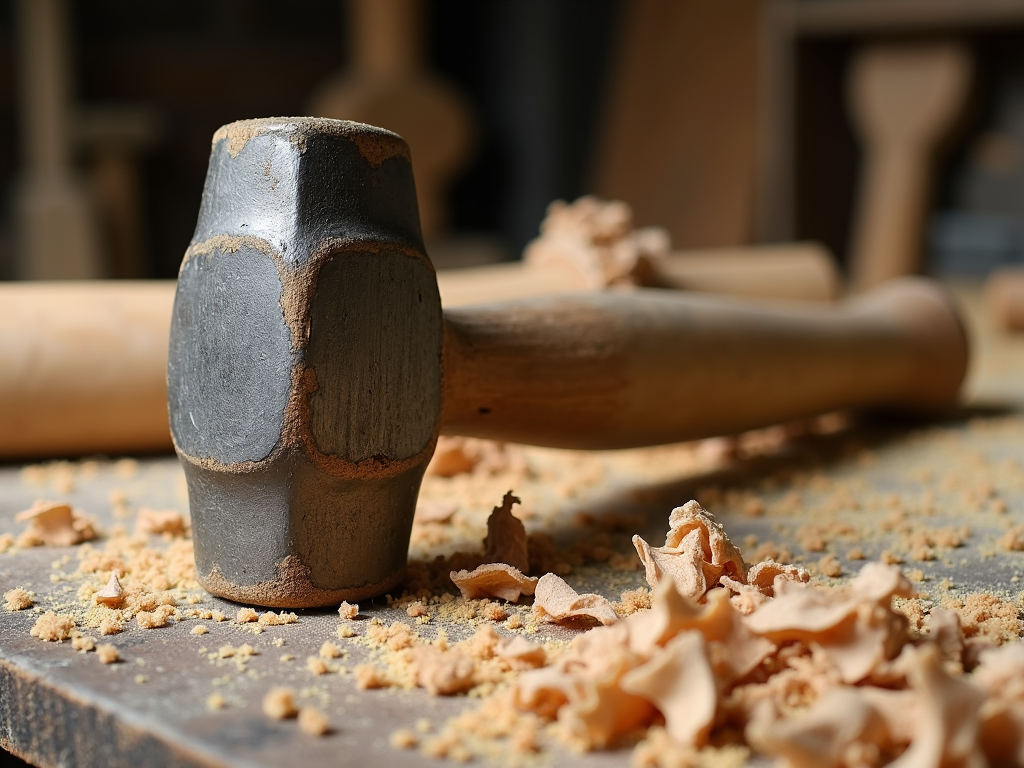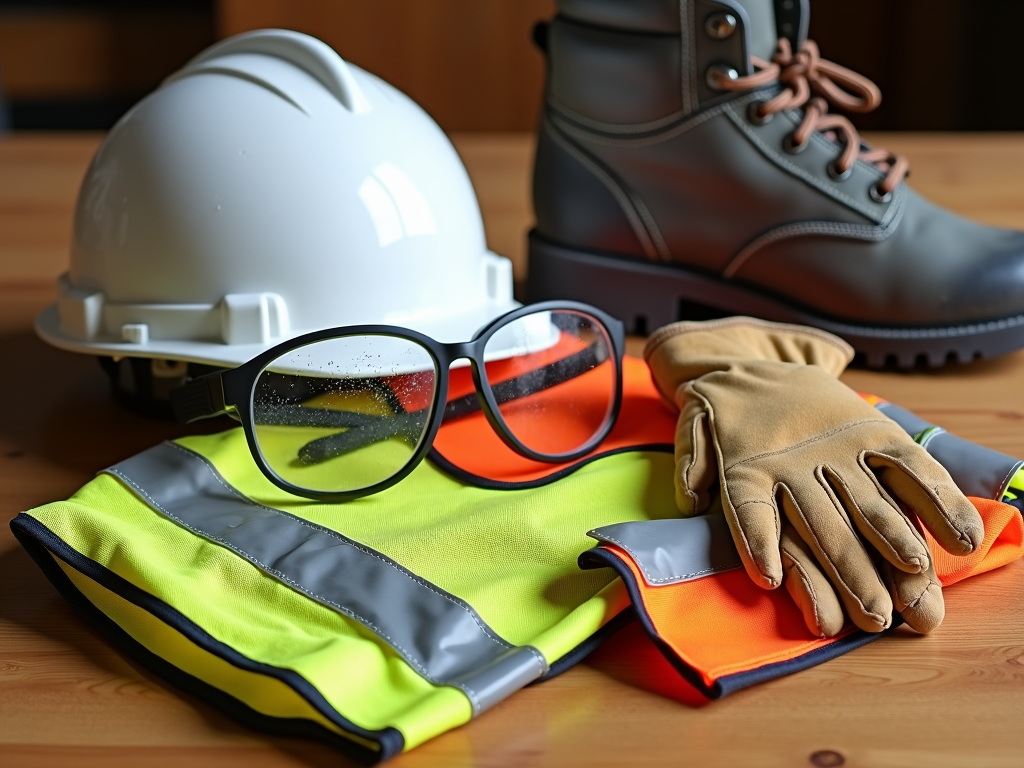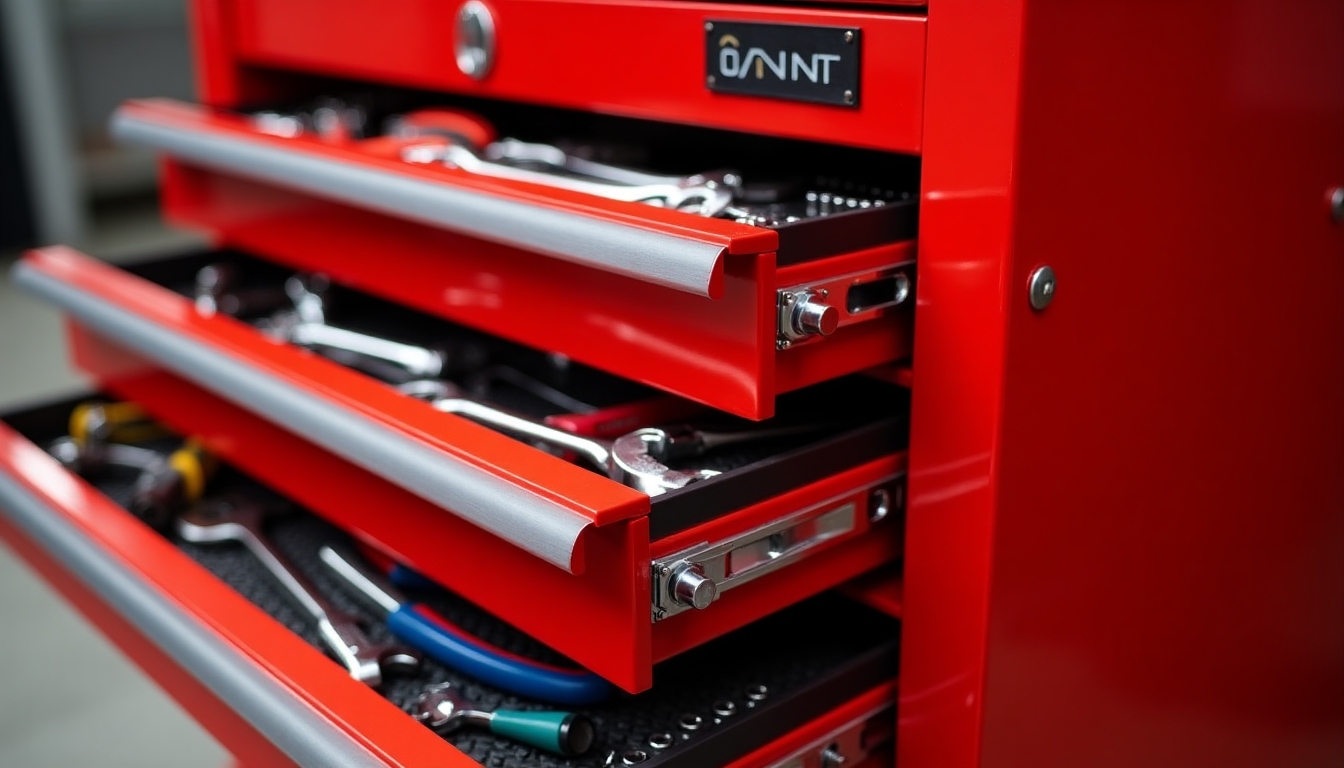Overview
DIY projects bring creativity to life, but they can also leave you tired and sore. Ergonomic tools, designed for comfort and efficiency, change that. This article dives into how these tools, especially power drills, enhance your DIY experience by reducing strain and improving results.
Why Ergonomic Tools Transform DIY Projects
DIY enthusiasts know the joy of building something with their own hands. But hours of work can lead to aching wrists and tired arms. That’s where ergonomic tools come in. They’re built to match how your body moves, cutting down on strain. For anyone spending time on projects like furniture or home repairs, this means more comfort and less pain.
Power tools, like drills, are at the heart of many DIY tasks. Regular tools can wear you out fast. Ergonomic designs, though, make a noticeable difference. They let you work longer without feeling beat. Let’s explore how these tools can level up your projects.
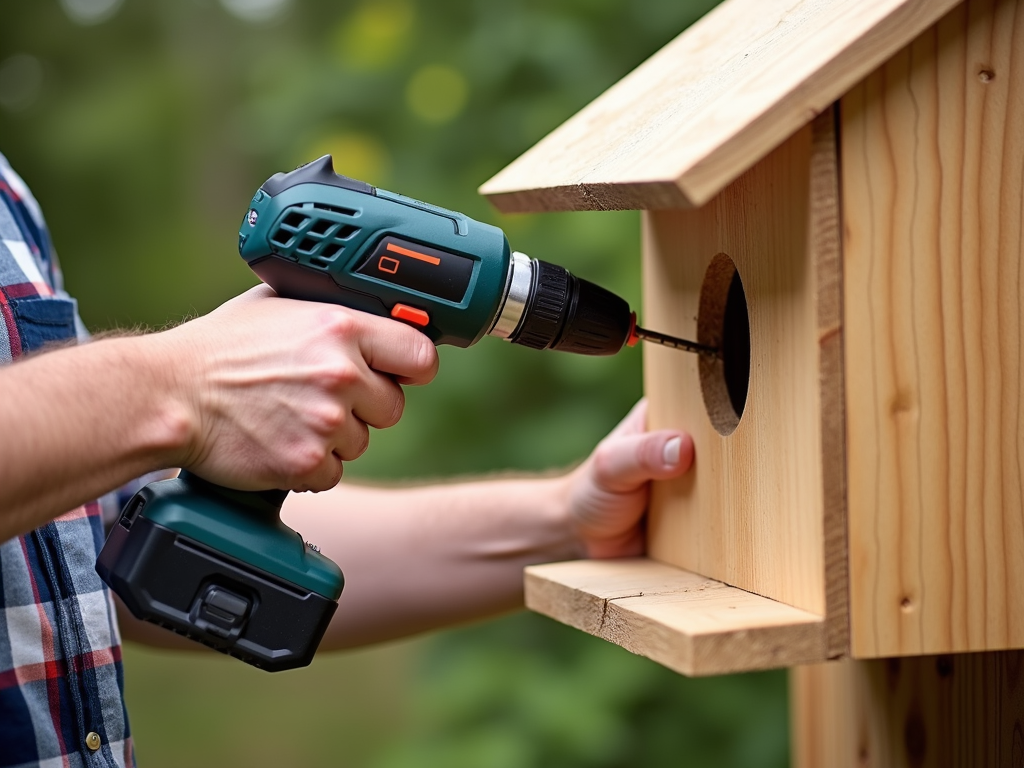
The Power of Ergonomic Power Drills
Power drills are a must-have for drilling holes or driving screws. Ergonomic power drills for reduced fatigue take it further. They’re built to keep you comfortable while you work. Here’s what sets them apart:
- Easy-to-Hold Handles: These drills have grips that fit your hand naturally. You don’t have to squeeze hard, so your hand stays relaxed.
- Even Weight: The tool’s weight spreads out, so your arm doesn’t tire as fast.
- Less Shaking: Some models cut down on vibration, sparing your hands and wrists.
- Custom Control: Adjustable speeds and settings let you match the tool to the job, saving energy.
I’ve used both regular and ergonomic drills. The difference is clear. With a regular drill, my hand cramped after an hour. With an ergonomic one, I kept going without that ache. It’s a game-changer for big projects.
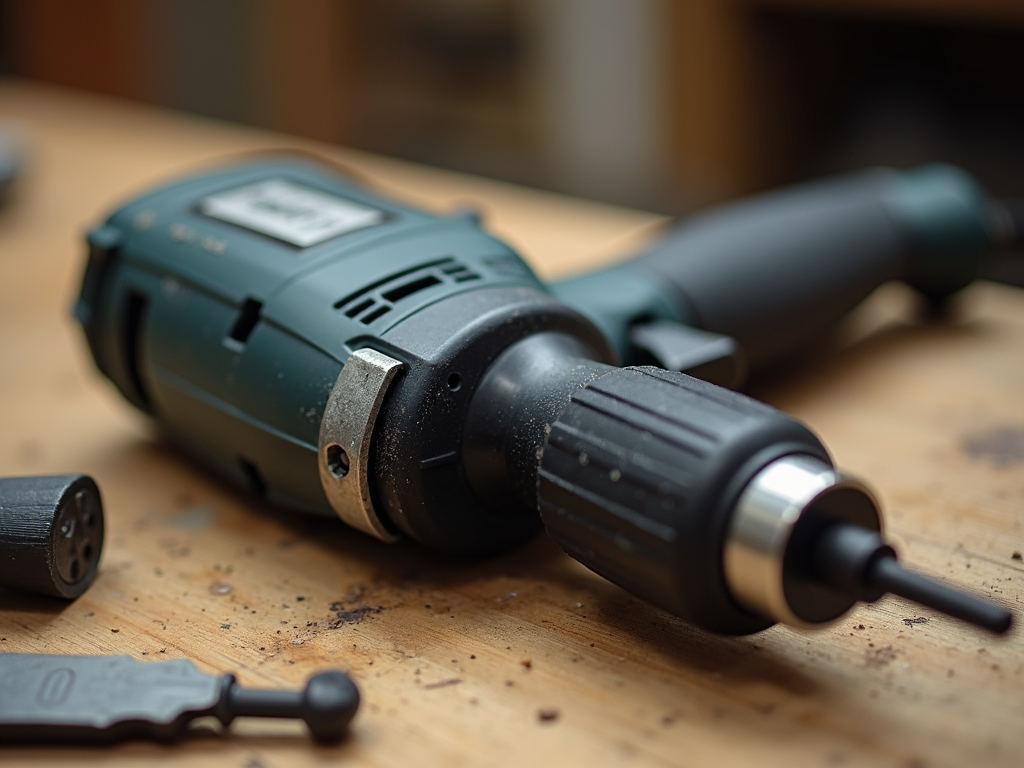
Picking the Best Ergonomic Power Drill
Not all ergonomic power drills are the same. Choosing the right one depends on your needs. Here’s a quick guide to help you decide:
| Feature | Why It Matters | What to Look For |
|---|---|---|
| Handle Comfort | Reduces hand strain | Soft, contoured grip |
| Weight | Prevents arm fatigue | Light but powerful |
| Battery Life | Keeps you working without recharging | Long-lasting for cordless models |
| Versatility | Handles different tasks | Multiple speeds, attachments |
Last month, I picked up a cordless ergonomic drill for a deck project. The grip felt natural right away, and the battery lasted through two days of work. It was light enough to carry around but strong enough to drive screws into hardwood. That’s the kind of tool that makes DIY fun again.
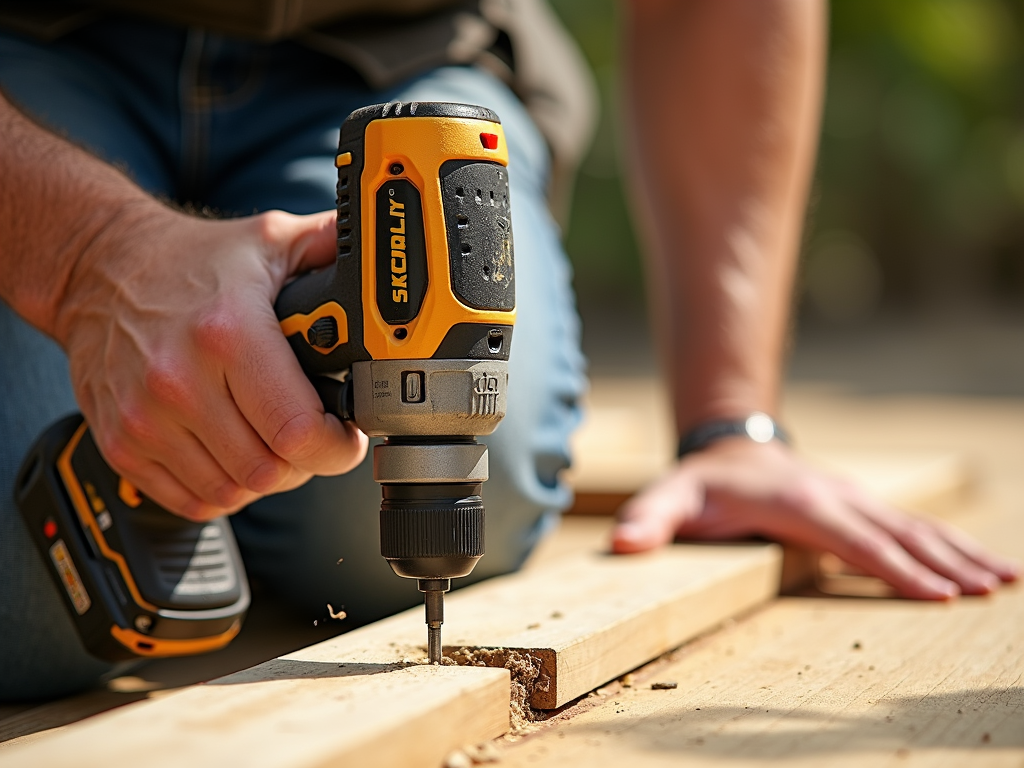
How Ergonomic Tools Boost Efficiency
Enhancing DIY projects with ergonomic tools isn’t just about comfort—it’s about getting more done. When your tools work with your body, you waste less energy. That means faster progress and better results. For example, an ergonomic power drill lets you drive screws straight and smooth without fighting the tool.
Think about a long day of assembling furniture. With a regular drill, you’re stopping every hour to shake out your hands. With an ergonomic one, you keep going. It’s not just physical—it lifts your mood, too. You stay focused on creating instead of battling discomfort.

Tips to Get the Most Out of Ergonomic Tools
Even the best tools need a smart approach. Here are some ways to make your ergonomic power tools shine:
- Rest When Needed: Take short breaks to stretch, even if you feel fine. It keeps you fresh.
- Hold It Right: Let the tool’s design guide your grip—don’t force it.
- Keep It Clean: Dust and grime can wear down comfort features. Wipe it down after use.
- Spend Smart: A good ergonomic tool costs more upfront but pays off in the long run.
I learned this the hard way. On an early project, I ignored breaks and pushed through. My hands hurt for days. Now, with an ergonomic drill, I pace myself. The tool does half the work, and I enjoy the process more.

Real-Life Impact: My DIY Story
A few weeks ago, I tackled a garden trellis project. It was all wood and screws—hours of drilling. I used an ergonomic power drill with a soft grip and low vibration. By the end, I was tired but not wiped out. My arms felt fine, and the trellis looked great. Compare that to an old project with a clunky drill—my hands were numb by lunchtime. Ergonomic tools don’t just help; they transform how you feel about DIY.
This isn’t just about one tool. It’s a mindset. When your power tools fit your body, every task gets easier. You’re not fighting the equipment—you’re working with it. That’s the secret to enhancing DIY projects with ergonomic tools.
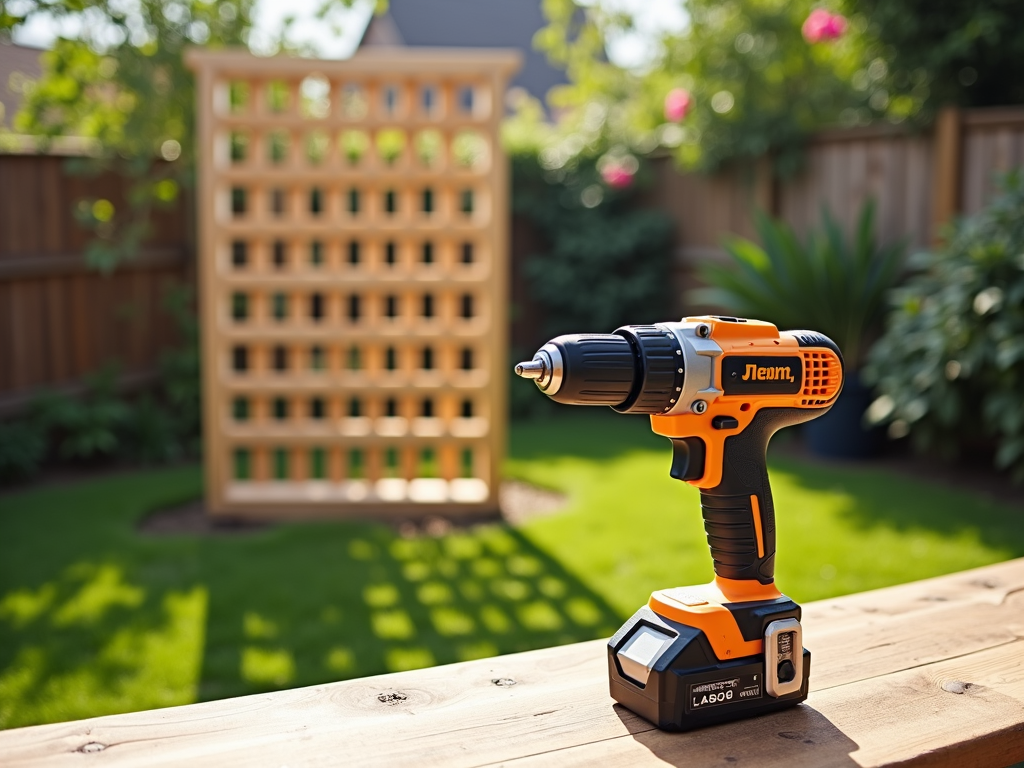
Beyond Drills: Other Ergonomic Power Tools
Power drills aren’t the only stars. Saws, sanders, and even screwdrivers come in ergonomic designs. A saw with a cushioned handle cuts wood without jarring your arm. A sander with good balance smooths surfaces without wearing you out. Adding these to your toolkit builds a whole system that keeps you comfortable.
Start small if you’re new to this. Swap out one tool—like your drill—and feel the difference. Then grow from there. It’s an investment in your projects and yourself.
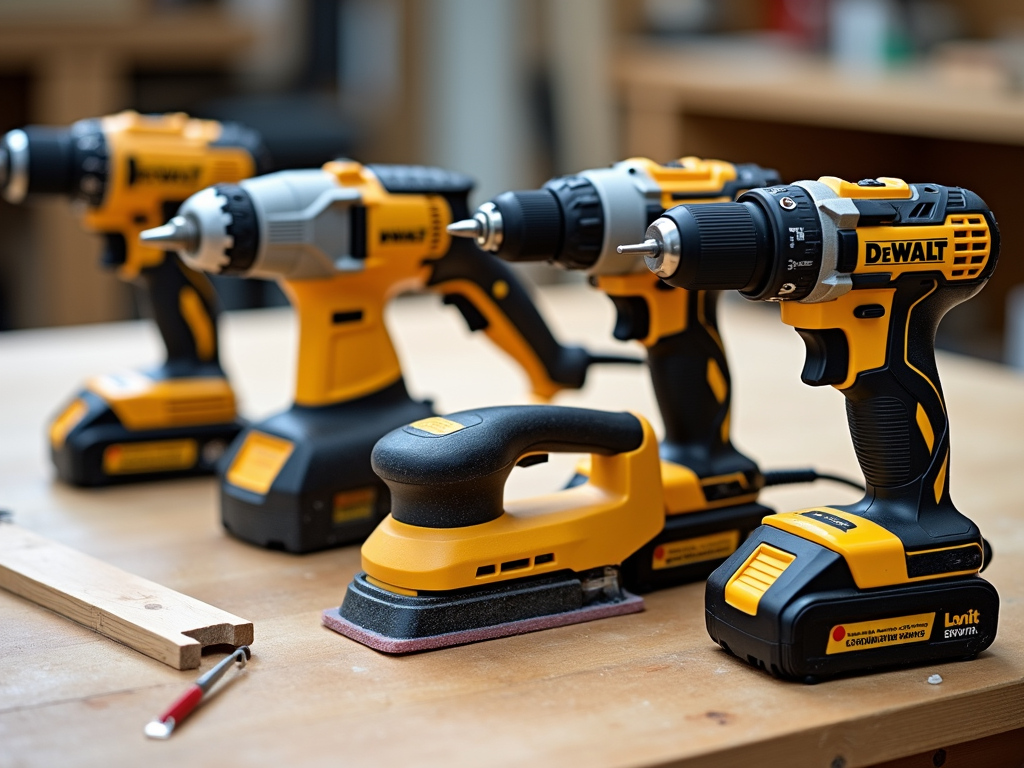
Wrapping Up
Ergonomic tools, especially power drills, make DIY projects more enjoyable and less taxing. They reduce fatigue, boost efficiency, and let you focus on the fun of creating. Pick the right ones, use them well, and watch your DIY game soar. The payoff? Better projects and a happier you.
Related Enhancing DIY Projects with Ergonomic Tools:
- Essential Workman Tools for Plumbing: A Comprehensive Guide
- Oscillating Tools: A Beginner's Overview
- Mastering Wrenches: A DIYer’s Guide
- Ultimate Guide to Tool Safety: Protecting Yourself in the Workshop
- Safety Practices in Home Electrical Repairs: A Comprehensive Guide
- Advanced Electrical Tools for Automation
- Essential Safety Tips for Construction Workers
- Workshop Organization Tips for Maximizing Efficiency: A Handyman’s Guide
- Best Tool Storage Solutions for Small Garages
- The Top 10 Essential Tools Every Workman Should Own
- Safety Gear for Construction Workers: A Comprehensive Guide
- Tips and Tricks for Organizing Your Garage Tools
